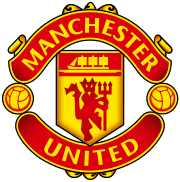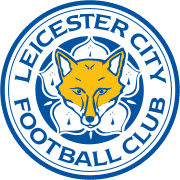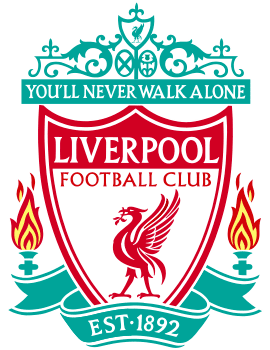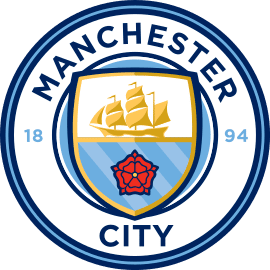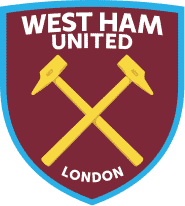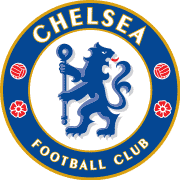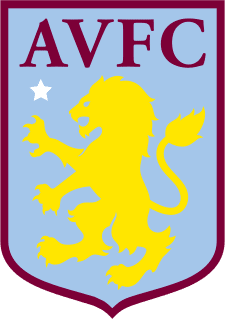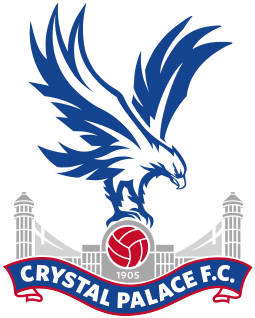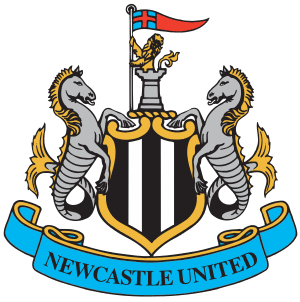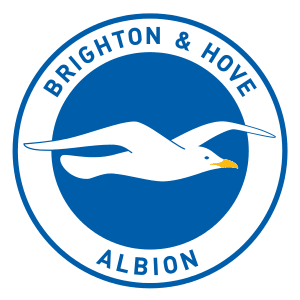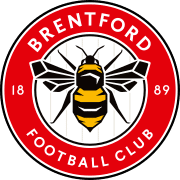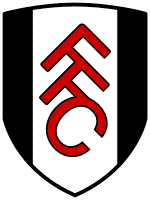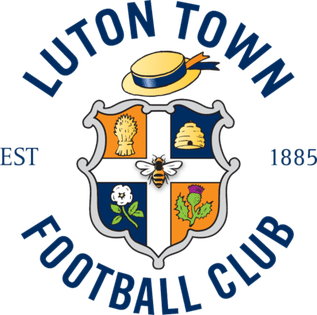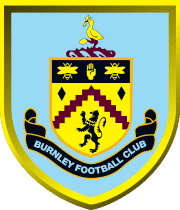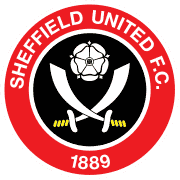West Bromwich Albion FC Tryouts & Club Guide: History, Stadium, Players, and More!

Welcome!
Discover the world of soccer with fcscout.com, your go-to scout for club tryout information, club guides, player profiles, in-depth product reviews, and more. We’re dedicated to exploring and revealing the best in each domain, empowering you with knowledge to make informed choices.
Thank you for being here!
Hi, I’m Carlos! A coach, sports enthusiast, and the founder of FCScout.com.
I fell in love with the game at a very young age like many of you. I’ve been following and playing soccer for many years.
Throughout my career, I always enjoyed helping soccer players chase their dreams, which is why I started this website. I wanted to reach a larger audience outside of my local area and fcscout.com was born.
This website is a platform I will be using to update club pages on any tryouts, stadiums, players, tech, and more from clubs around the world. I also create free recruitment profiles for players looking to have that extra competitive edge when reaching out to clubs.
That’s it. That’s my pitch for you to stick around (or browse the site as you please).
This is already too much text for a “see more” drop-down button thing. If you want to reach out to me, head on over to my contact page 🙂

West Bromwich Albion Football Club is an English professional football club based in West Bromwich, West Midlands, England. The club competes in the EFL Championship, the second tier of English football.
West Bromwich Albion FC Youth Development System
West Bromwich Albion FC Academy
West Bromwich Albion Reserves and Academy are the youth teams of West Bromwich Albion. The reserve team is made up of under-23 players, and is effectively West Bromwich Albion’s second-string side. The under-18 players among other younger age groups make up the academy team. They play in the Premier League 2 Division 2, the second tier of reserve team football in England.
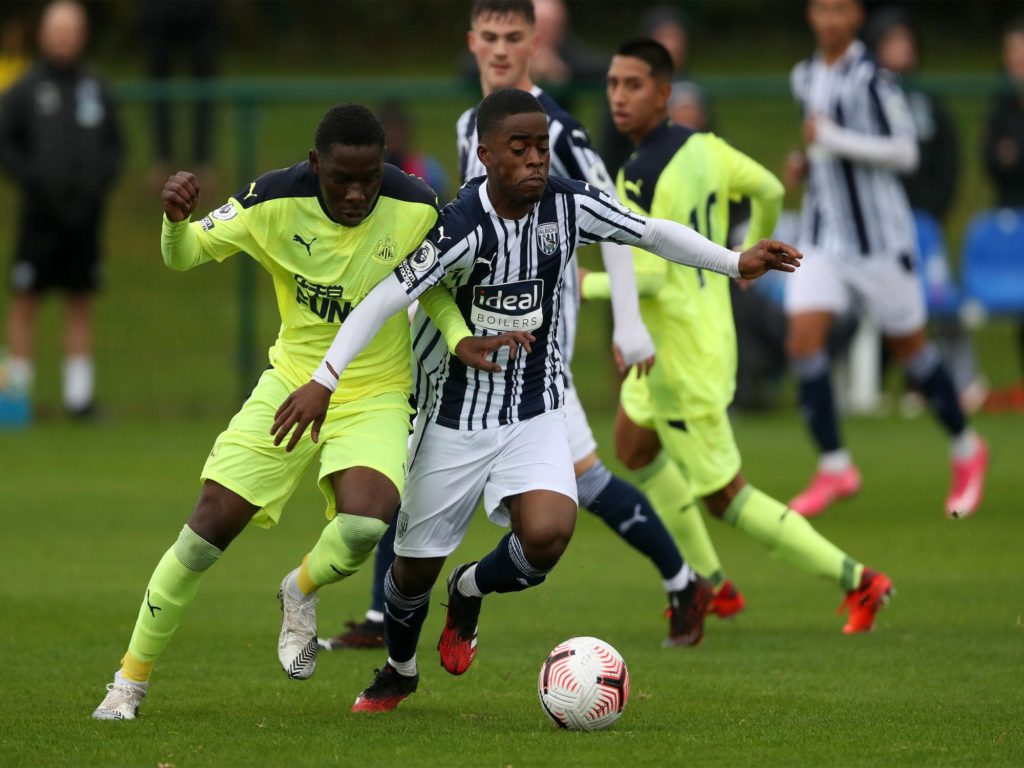
To view full Under-23 roster, please click here.
To view full Under-18 roster, please click here.
The Albion Foundation
The Albion Foundation is the official charity partner of West Bromwich Albion Football Club. Our vision is to create a Proud Albion Family, Engaged, Inspired & Achieving its Potential.
West Bromwich Albion FC Football Camps
The Albion Foundation hosts football camps during school holidays for children of all abilities, aged between four and 14.
For summer 2020, camps are running in two, two-hour sessions from 10.00am to 12pm and 1pm to 3pm in Sandwell and Walsall Wood.
To find out more, please contact Adrian Dove at [email protected].
West Bromwich Albion FC Kicks
Premier League Kicks gives young people access to free football sessions, sports sessions and workshops, providing them with opportunities, support and pathways to achieve their full potential.
The Foundation has been delivering Kicks in our community for 13 years, helping to engage young people in hard-to-reach areas through the power of football.
West Bromwich Albion FC Player Development Academies
The Foundation’s Player Development Academies are designed to progress players and identify young talent that have the potential to reach West Bromwich Albion’s Talent ID programme or Academy.
Player Development Academies available to book on can be found below.
To find out more about Player Development Academies, please email [email protected].
West Bromwich Albion FC Player Development Centers
Children from ages 4 to 12 can begin their footballing journeys with The Albion Foundation’s Player Development Centres.
The weekly sessions aim to provide fun, engaging activities for young footballers of all abilities, whilst also learning basic tactical and technical details of the game.
Players will also have the opportunity to showcase their talents with the chance to progress onto the Foundation’s Play Development Academies, Talent ID programme and potentially West Bromwich Albion’s Academy.
Player Development Centres available to book on can be found below.
Malvern Player Development Centre – Ages 4-8
Malvern Player Development Centre – Ages 9-12
Redhill Player Development Centre – Ages 4-8
Redhill Player Development Centre – Ages 9-12
Pre Academy Oak Park – Ages 4-6
Pre Academy Oak Park – Ages 7-8
To find out more about the Player Development Centers, please email [email protected].
Junior Baggies and Pre-Academy
Start your little one’s football adventure at Junior Baggies, our fun and engaging sessions for early years children.
Aimed at Nursery to Year 2-aged children, they can expect to take part in fun activities that will hopefully develop an early love of the sport, leading to further enjoyment as they grow up.

Junior Baggies and Pre Academy sessions available to book on now can be found below.
Pre Academy Oak Park – Ages 4-6
Pre Academy Oak Park – Ages 7-8
To find out more about Junior Baggies, please email [email protected].
For additional programs in the Albion Foundation, please click here to visit their official website.
West Bromwich Albion FC Recruitment Trials
At the time of this writing, there is no official publishing’s on West Bromwich Albion FC trials. Please come back at a later date while we monitor this club or click here to visit their official news section.
EXPLORE MORE CLUBS!
Explore more professional clubs by continent.
Stadium
The fact that the club outgrew four different venues during its first seven years of existence is evidence of the lightning-fast pace with which it became established after its inception as a separate entity. The first venue they performed at was Cooper’s Hill, and they did so from 1878 through 1879. Between the years 1879 and 1881, it seems that they moved back and forth between Dartmouth Park and Cooper’s Hill. They played their home games at Bunn’s Field, which was also referred to as the Birches, during the 1881–1882 season.
This was Albion’s first enclosed ground, and it had a capacity of between 1,500 and 2,000 spectators. Because it was enclosed, the club was able to start charging admission for the first time. As football’s popularity grew between 1882 and 1885, Albion rented the Four Acres ground from the West Bromwich Dartmouth Cricket Club. The cricket club was already well-established during this time.
However, they outgrew this new home very rapidly and were forced to relocate once more very shortly. Albion’s term at Stoney Lane, which lasted from 1885 through 1900, was perhaps the most successful period in the club’s history. During this time, they won the FA Cup twice and finished as the runners-up three times.
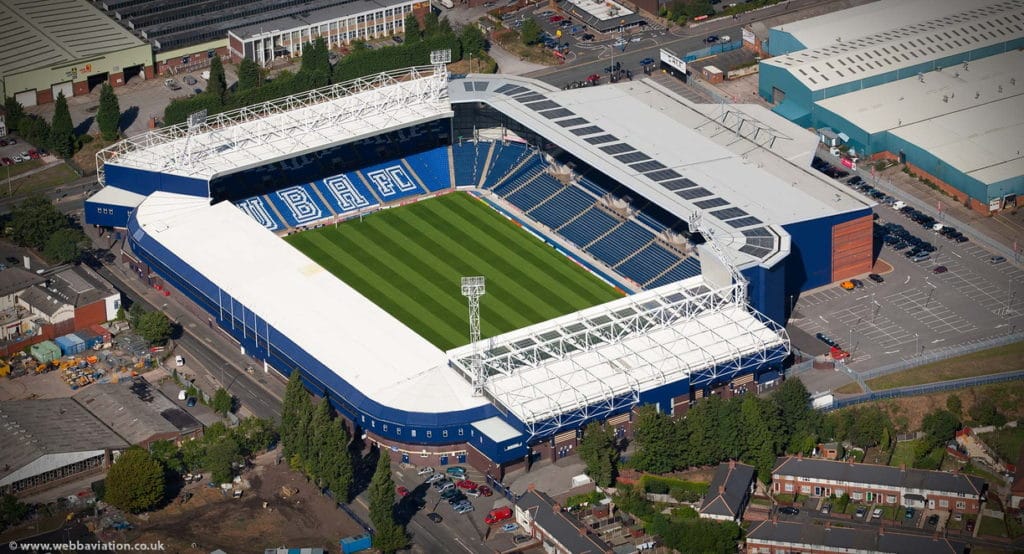
The club needed a larger ground once again by the year 1900, which is when the lease on Stoney Lane ended. As a result, the club made its final transfer to that location to this day. In the past, Albion’s stadiums had been located in close proximity to the heart of West Bromwich; however, for this match, they decided to play at a location that was closer to the town’s boundary with Handsworth and Smethwick.
The new site was given the name The Hawthorns, after the hawthorn shrubs that had previously blanketed the area but had to be removed for it to be developed. On September 3, 1900, Albion and Derby County played the first game ever played at the stadium. The match ended in a 1–1 draw. The highest number of people ever to visit the Hawthorns Stadium was 64,815 on March 6, 1937, when they watched Albion defeat Arsenal 3–1 in the FA Cup quarter-final match. In the 1990s, in order to comply with the recommendations of the Taylor Report, the Hawthorns Stadium was converted into a venue that only offered seating for spectators. Its current capacity is 26,850 people, and its four stands are known as the Birmingham Road End, the Smethwick End, the East Stand, and the West Stand, respectively (Halfords Lane). The Hawthorns is the highest ground in all of the 92 Premier League and Football League venues, standing at an elevation of 551 feet (168 meters) above mean sea level.
The Hawthorns has been awarded certification under the most stringent standards for UEFA field surfaces, which indicates that it is prepared to host virtually any competition that may be required. The West Stand of the stadium has the potential to be developed over the Halfords Lane at the rear of the stand to allow for an upper deck. If this were to take place, the capacity of The Hawthorns would be increased to around 30,000. West Bromwich Albion owns a number of retail locations in the area surrounding The Hawthorns. These include its Stadium Megastore, its club store in Merry Hill, and a club store that is only open during the football season in the town center of West Bromwich.
They also possess the Grade II-listed structure that was formerly known as the Hawthorns Pub, which is located behind the West Stand at the intersection of Halfords Lane and the Birmingham Road. This location has functioned as the official club fanzone, complete with licensed bars, live music, fan favorites (such as mascots and activities for children), and a high street food outlet that is shared with another business. The pub is in competition with The Vine pub in Roebuck Lane, which is a well-liked venue throughout the year for traveling and local football fans alike.
Crest
The history of Albion’s primary club badge can be traced back to the late 1880s, when club secretary Tom Smith proposed using an image of a throstle (also known as a song thrush) perched on a crossbar as the club’s mascot. Since that time, the badge has gone through several iterations of improvement. It has traditionally featured a throstle, typically on a blue and white striped shield; but, at some point when the club moved to the Hawthorns, the crossbar was changed with a hawthorn branch. The reason a pet thrush was kept in a cage at the public house where the team used to change was a factor in the selection of the throttle.
Additionally, as a result of this, Albion became known in its early history as the Throstles. On the pre-stadium estate and in the surrounding area, there were frequently sightings of throstles, and the hawthorn bush was one of their favorite places to hide. Even as late as the 1930s, a caged throstle would be placed next to the touchline during games, and legend has it that it would only sing when Albion was victorious. At the Hawthorns football stadium in 1979, an effigy of a throstle was placed above the half-time scoreboard in the Woodman corner. After the stadium was redeveloped in the early 2000s, the throstle effigy was moved back to its original location in the same part of the field.
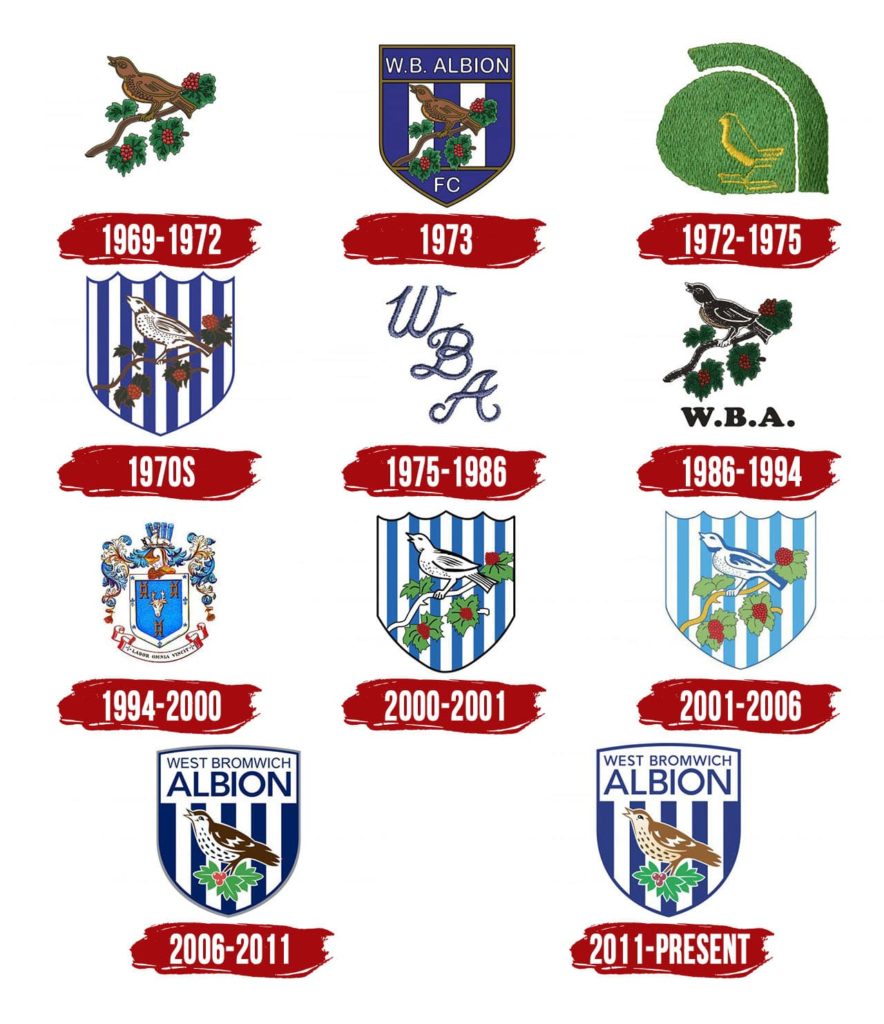
In 1975, the College of Arms issued a variant of the emblem to the Football League for licensing to the club. This particular version of the badge was shown on a roundel rather than a shield. In the heraldic blazon, the insignia was defined as follows: “On a roundel paly of thirteen argent and azure, a mistle thrush sitting on a raspberry branch leaved and fructed proper.” This is the only time that the branch is known to have been described as a raspberry branch rather than a hawthorn branch; Rodney Dennys, the officer of arms responsible for making the description, may have been improperly informed. In 2006, a new design was implemented for the club’s insignia, which for the first time included the club’s name. The new layout was developed with the intention of preserving and strengthening the club’s identity.
Before this, there was rarely a coincidence between the primary club badge and the one that was worn on the first team strip. Although the Stafford knot was worn on the team jerseys for a portion of the 1880s, the club’s uniforms were devoid of any sort of emblem for the most of the club’s existence. The coat of arms representing West Bromwich Town FC was displayed on the players’ shirts during the FA Cup finals in 1931, 1935, and 1954. The Latin motto of the municipality is “Labor omnia vincit,” which may be translated as either “work conquers all” or “labor triumphs over all.”
Between the years 1994 and 2000, the town arms were brought back into use as the insignia for the shirt, with the throstle being placed to the collar of the shirts. It wasn’t until the late 1960s and early 1970s that Albion debuted their first official shirt badge, and back then it was blue. The throstle was included, but the blue and white striped shield that is part of the club insignia was absent. In the late 1980s and early 1990s, a design that was quite similar to this one was also utilized. In the middle of the 1970s, the club wore shirts with an abstracted version of the throstle on them. Later, in the late 1970s and all the way up until the middle of the 1980s, the club wore shirts with an embroidered WBA logo, which was an abbreviation of the club’s name that was commonly used in print. The complete club badge did not begin to appear on the players’ uniforms until the early 21st century.
Ownership
During the early years of West Bromwich Albion, the club was governed by a seven-person playing committee, and its operations were funded by a weekly subscription fee of six shillings and two and a half pence paid by each member. Henry Jackson was named as the club’s first chairman in the year 1885, although the Albion Football Club did not become a limited company until June of 1891. Other early Albion chairmen included Jem Bayliss and Billy Bassett, both of whom had previously been players for the club. Billy Bassett was the first chairman of the club.
Indeed, beginning in 1878 and continuing all the way up until 1986, there was always an active or former Albion player serving on the club’s committee or board of directors. In 1905, after the previous board of directors in its entirety tendered their resignations, Bassett was appointed to the board of Albion. Bassett and returning chairman Harry Keys rescued the club, with the assistance of local fund-raising operations, when the club was in serious financial problems and had been served a writ by their bank. In 1908, Bassett was elected to the position of chairman, and in 1910, he saved the club from going bankrupt once more by paying the players’ summer salary out of his own personal funds.
He was Albion’s chairman until the year 1937, making him the person with the longest tenure in that role. He passed away in 1937. Major H. Wilson Keys was a member of the board of directors of the club from 1930 to 1965, during which time he also served as chairman for 15 of those years. In 1969, he was elected to the position of vice president of the Football Association.

After serving as chairman of the Albion from 1974 until 1983, Sir Bert Millichip elected to focus his attention on his position as chairman of the Football Association. Millichip served in this post until 1983. In 1996, the club converted to a public limited company and began selling shares to members at prices ranging from £500 to £3,000. Paul Thompson served as the club’s chairman during this time. Although the club’s shares were traded on the Alternative Investment Market (AIM), the club withdrew from the stock exchange in 2004 in order to reinstate its status as a private company.
As a result of this change, the firm is now known as West Bromwich Albion Limited rather than West Bromwich Albion plc, and it operates as a subsidiary of West Bromwich Albion Holdings Limited. In 2002, Jeremy Peace was appointed to the position, which had been vacant since the former chairman, Paul Thompson, was driven out of his position due to a dispute with the manager, Gary Megson. In September 2007, Peace increased his interest in West Bromwich Albion Holdings Limited by purchasing further shares of the company. This brought his total investment in the business to 50.56 percent. This prompted a requirement under the Takeover Code for him to make an obligatory cash offer for the remaining shares in both WBA Holdings Ltd and WBA Ltd. The offer had to be made for the remaining shares in both companies. In the latter part of that year, Michelle Davies was appointed to the position of first female director at Albion. In 2010, she resigned from her position.
In June of 2008, Jeremy Peace made the announcement that he was searching for a large new investor for the club; however, by the deadline of July 31, 2008, he had not received any concrete proposals. After an interested bidder was unable to meet the requirements of the sale on July 24, 2015, Jeremy Peace made the announcement that the exclusivity arrangement for the sale of his property was now void. In July of 2016, Peace made the announcement that he had been successful in selling the company to a Chinese businessman by the name of Lai Guochuan.
It is believed that the amount agreed upon was for two hundred million pounds. On September 15 of the same year, this takeover was accomplished with no problems and came in ahead of schedule. After the club was demoted in the 2017–18 season, Lai replaced John Williams as Chairman of the club with his associate Li Piyue. Prior to that, Lai had hired John Williams as Chairman of the club. According to the club’s monthly stats for the year that ended on June 30, 2016, there were 169 people working there on average over that time period.







